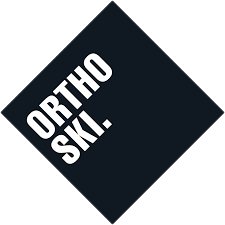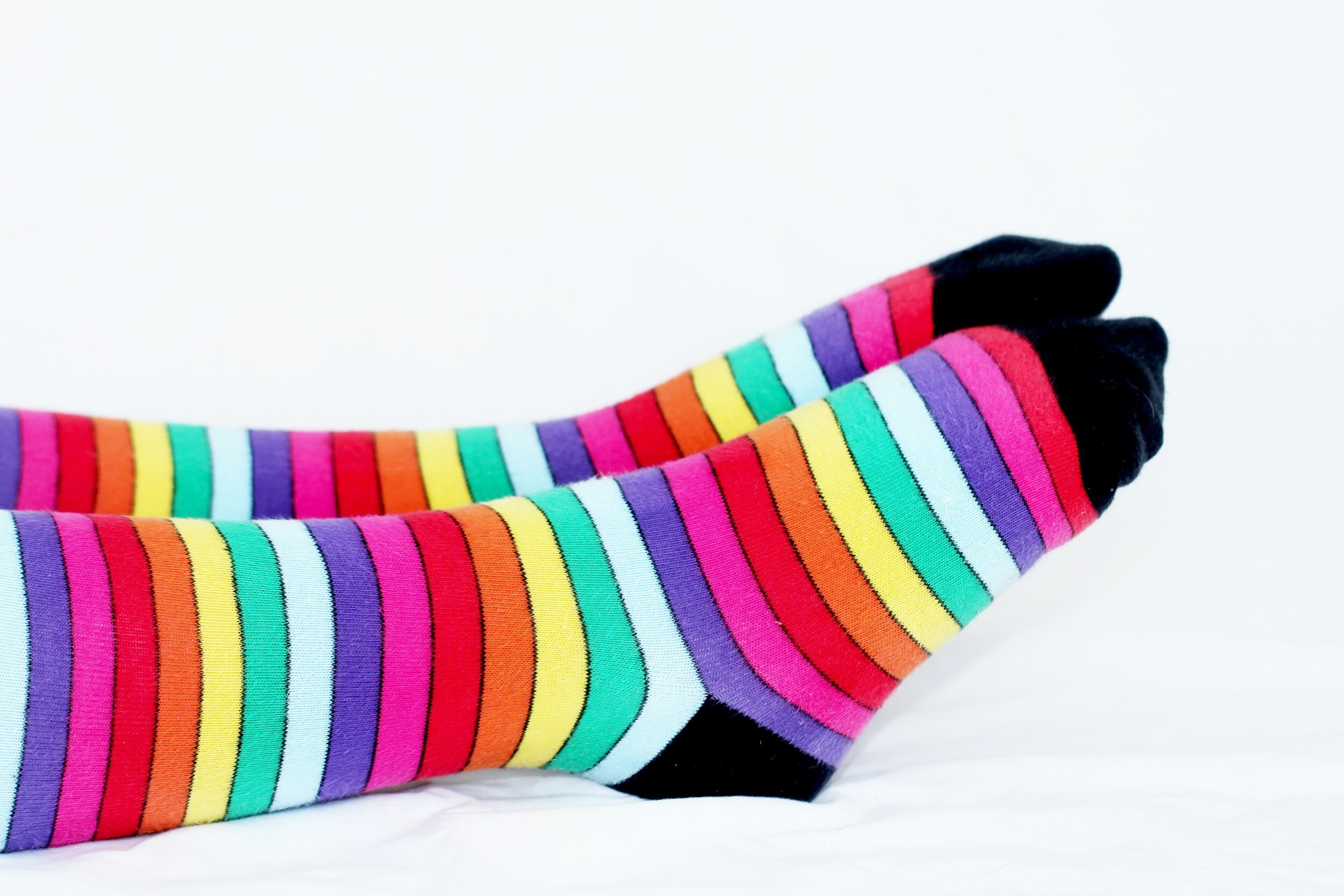Should I wear compression socks in ski boots?
Compression socks have become “a thing” in skiing in recent years. Unless you’ve used them – or even if you have – you may not know what they are for and how they work. Or why you would even consider them.
What are compressions socks?
Compression socks traditionally come from medical management of venous (blood flowing from your body back to your heart) pathologies. They come in various lengths and provide a squeeze around your leg to help prevent pooling of veinous blood and fluid in your legs, ankles and feet. They help your veins (the vessels taking blood back to your heart). They don’t help your arteries (the vessels taking blood from your heart to your body’s bits).
The gentle squeeze on your legs increases pressure on your tissue beneath the skin, which helps the veins keep the fluid moving up the leg and stop it leaking into the surrounding tissue. Muscles contracting in your leg are also essential to keep this fluid moving back up to your heart, as there is no heart in your feet to pump the blood back up.
Not all compression socks are created equal. The material, the durability, the compression pressure, and the size all vary. Medical grade compression socks are prescribed for venous insufficiency diseases, and are often put on people in hospital post-surgery to prevent DVT.
Compression Levels
· Mild = 15-20mmHg: Prevention and relief of minor to moderate varicose veins, relief of tired aching legs, relief of minor swelling of feet and legs.
· Moderate = 20-30mmHg: Prevention and relief of moderate to severe varicose veins, treatment of moderate to severe lymphatic oedema and management of active ulcers or post thrombotic syndrome.
· Firm = 30-40mmgh: Ulcer management, post thrombotic syndrome
(info from Oklahoma Heart)
Ski compression socks sit in the mild compression level – because we’re not looking at pathological management of diseases, we’re looking at sport performance.
What don’t they do?
Compression socks do not help arterial blood – the blood with oxygen that the tissues need – get to the extremities, ie. They do not help if you have cold toes and want them to get warmer. In fact, if you have cold toes (from poor blood circulation) it’s recommended that you don’t wear compression socks because these can further reduce the oxygenated blood getting to your toes.
How do they help skiing?
Well, in all honesty I’m not a great proponent of compression socks in ski boots. At all. I just don’t get it. Reducing your arterial flow in cold to extreme conditions seems counterintuitive to me. Many studies have shown that wearing compression socks during recovery of running bouts improves performance the next day. After skiing, wearing them round the lodge for recovery and prevention of lactic acid build up, I get that, and I can see how they’d be helpful then. But wearing them in a ski boot – which already provides compression around you legs when they’re done up, far more so than a sock could ever do – seems like a waste of time.
I have a friend who is a ski patroller who has worn compression socks skiing all day. The only thing I recall him saying about them was that after lunch he was able to do his boots up to the same tightness as he had in the morning because his feet hadn’t swollen over lunch. Is this a benefit? I’m not sure that it’s of consequence either way really as it won’t affect your performance or comfort.
I think you’re much better off wearing a good, thin, moisture wicking sock with minimal seams that helps keep your foot dry and warm and save the compression socks for après ski.
What do you think about compression ski socks? Have you tried them?

